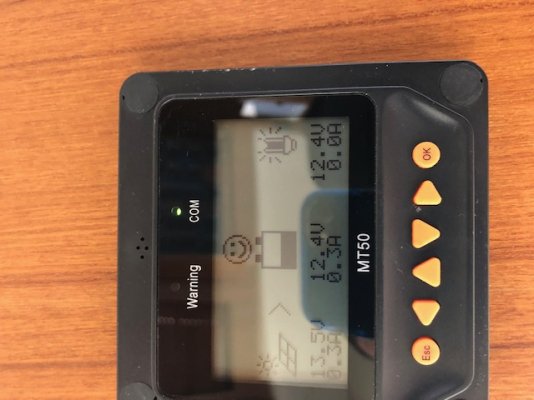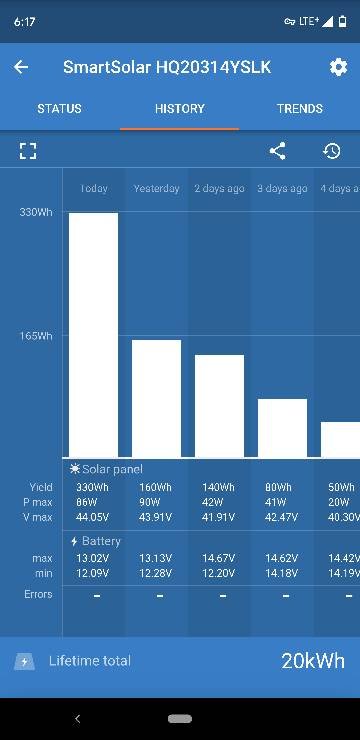I've installed panels on my last two boats. The info you've received is excellent so far so I won't repeat it. But there are a few things I'll add.
I too use this controller because it's dual-channel. The main goes to the two crankers and the second to the house. But, you could easily set it up for your needs. The panels or kits that come with a controller are generally JUNK and not worth the time required to install and then remove and replace when they crap out. Put a little money into the controller and it will last years.
https://www.stellavolta.com/morningstar-ssd-25-sunsaver-duo-solar-controller/
I used this panel because it gets very high marks from most reviewers.
https://www.amazon.com/gp/product/B07DNP14JY/ref=ppx_yo_dt_b_asin_title_o00_s00?ie=UTF8&psc=1
Don't skimp on wiring. I used 14 ga from the panel (on my boats T-Top) down to the batts.
Do use circuit breakers between the panel and the controller, and again between the controller to the batteries.
https://www.amazon.com/gp/product/B000K2IKMI/ref=ppx_yo_dt_b_asin_title_o09_s00?ie=UTF8&psc=1
When you power UP the system, connect the batts to the controller first, using the breaker. THEN flip the breaker between the panel and the controller. When you shut it down, open the breaker between the panel and controller first, then the breaker between the controller and the batts.
** Consider buying USED panels. Avail constantly on ebay. You can get MUCH more powerful panels for less than what I paid for one 100W panel. They last forever if treated with minimal care. Buy solid panels, not the flexible ones. They don't last.
My boat sits for much of the winter and the panel keeps the batts happy. I mounted it on hinges so I can increase its efficiency. This tool will help you determine what angle is most effective in your hood.
Solar Angle Calculator | Solar Panel Angle Calculator
Batteries are too expensive to not take care of them these days. My last two crankers were 300 bucks. I can't even imagine how much BIG house batts are on a trawler.


